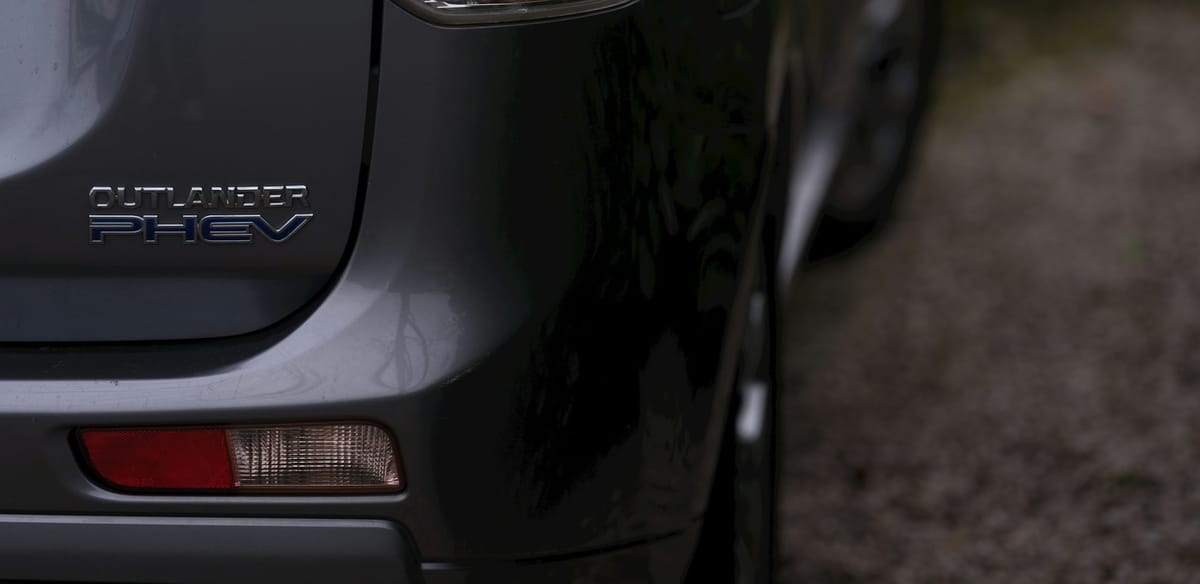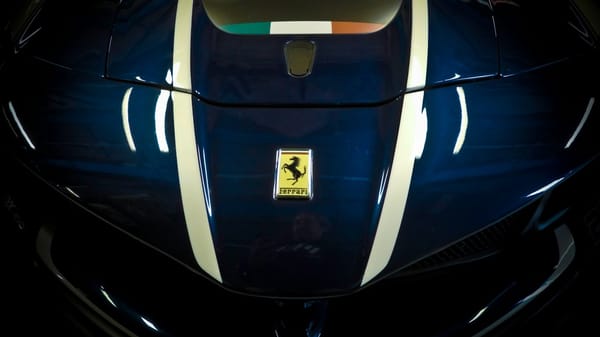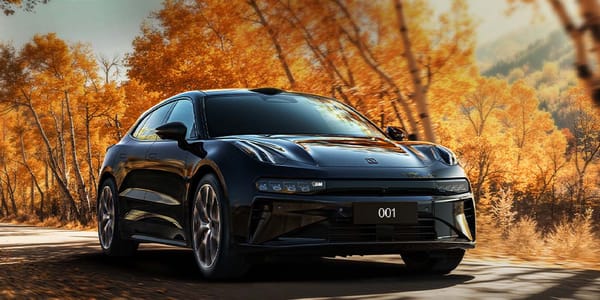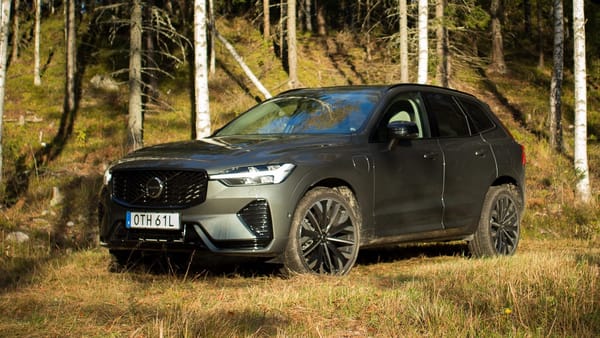Owning a PHEV is going to be painful
Researchers of Transport & Environment found that PHEV’s emit way more CO2 than carmakers claim they do

Today, my dear friend, I did a thing. I blew some air out of my nose a bit harder than I normally do. This unusual occurrence came to be because I read the latest findings of Transport & Environment, a European agency that is usually very critical of all things on four or more wheels. This time they took aim at PHEV’s.
I’m guessing you already know where this is going, because the thing T&E has proven, has been a public secret for years: researchers of the agency found that PHEV’s emit way more CO2 than carmakers claim they do.
I heard a thud. You okay? Did you fall from your chair? I mean, this came as a surprise to you too, right?
In all seriousness, we all know that there is no way a PHEV of 2000+ kg will average a fuel consumption of 1 liter per 100 kilometers. How come governments and therefore tax regulators still believe these silly numbers car manufacturers give them, when they have proven they are by their very nature, extremely unthrust worthy.
Thanks to T&E that believe is now rightfully being challenged. The agency found that a PHEV will generally emit about 4 to 5 times more CO2 than it’s maker claims it does. And it’s getting worse too. Cars registered in 2021 that the agency tested, emitted 3.5 times more than claimed (134 grams per km to 38 grams per km). That figure rose to 4 times as much for cars registered in 2022 (137 - 33 grams) and got to 5 times as much for cars from 2023 (139 -28 grams). Numbers for later years are being crunched as we speak, and we can expect them soon.
I must admit, I wouldn’t have expected the numbers to grow further apart, since combustion engines are getting cleaner. But on the other hand, the smaller engines are increasingly having to power heavier cars because of increasing battery sizes. That means driving on ICE-power will mean more CO2-production.
T&E is pointing the blaming finger towards the WLTP testing method, which allows PHEV‘s to drive around fully electric for 80 percent of the test cycle. A car with a larger battery will therefore get a nicer looking fuel consumption on paper, since the ICE-usage is of little to no effect. Luckily that will be changed from next year onwards, when the WLTP will allow a maximum of 54 percent of the cycle to be driven in full electric mode. From 2027 onwards that number will lower to 34 percent.
And even with the 34 percent allowance, T&E predicts the consumption that car makers claim their PHEV’s will have, will be 18 percent lower than what they would emit in the real world.
And that is all without T&E taking into account that drivers in general are lazy and that PHEV-drivers have shown again and again, that they simply don’t charge their cars. That means they drive around with small, hard working engines and leaving the electric drive pretty much for show (and for the tax reduction and the lower monthly costs).
As I keep mentioning, I don’t really get the popularity of Long Range PHEV‘s and EREV’s. They’re there for people that are scared to hop into a BEV or for that small group of people that want to go electric, but drive so much they just can’t even make it work with the Lucid’s of this world. They’re also there for the people that like tax benefits for no other reason than it’s another opportunity to save money, which is also fair. The ones that don’t want or that can’t drive electric, just tend to stick to their ICE’s anyway.
What I also keep mentioning is that the popularity of PHEV will be short lived. And the report of T&E and the changes the WLTP is implementing, will probably prove that point. Both these things will have an effect on the prices of PHEV’s. They will become more expensive to buy or lease and will become more expensive to afford on a monthly basis. Environmental tax credits will be of less relevance, or might even be scrapped sooner than people hoped they would.
And that seems to have scared the ACEA, which represents multiple European automakers. The agency is already calling on the EU to not change anything. If they do, European car makers will most definitely lose out to Chinese competitors. Which is funny, because the same agency and the same car makers were against the tariffs the EU has implemented on Chinese EV’s, claiming they don’t want the EU to interfere and have real, fair and honest competition do it’s work. But that all goes out the window when it comes to stopping the faking the CO2-numbers and thereby deceiving customers. Then the EU is all of a sudden turning the competion into an unfair fight which the Chinese would win.
The blowing out the nose I mentioned earlier: that’s because it never ceases to amaze that these things keep occurring over and over again, and that everyone keeps getting surprised.
In other news:
Did you know that those nice looking and disappearing door handles on a car might be a bit too dangerous to be there in the first place? You’ve probably thought about how they would work of the car somehow would lose electric power, or when it would crash and the safety mechanism in the handles would misfire and keep them flush with the car. Manufacturers obviously claim this would never be possible and that you can always get in and out of the car. But the Chinese government has pushed the X button and casts doubt on these claims. Aside from the fact that it’s the last government on earth you’d think would worry about these kinds of things, it’s considering banning the door handles from 2027 onwards.
Another day, another study. This one is a bit weird though. Market research firm Escalent is looking into the impact Chinese car brands can have in Europe. It found that it can be bigger than that of American Brands. In other words: Europeans are liking Chinese brands more than they do American ones. Almost half of the participants in the study said they would consider buying a Chinese car, while only 44 percent said the same about US cars.
Also BMW is claiming Apple CarPlay isn’t as popular as we think it is. But only when it comes to the navigation-app. Most people that drive BMW’s still prefer using the built in navigation, which makes perfect sense because it’s ‘built in’. It’s integrated into the systems like the head up-display. And it genuinely works well. Having driven a lot of BMW’s, I can confirm at least this about all of them.





